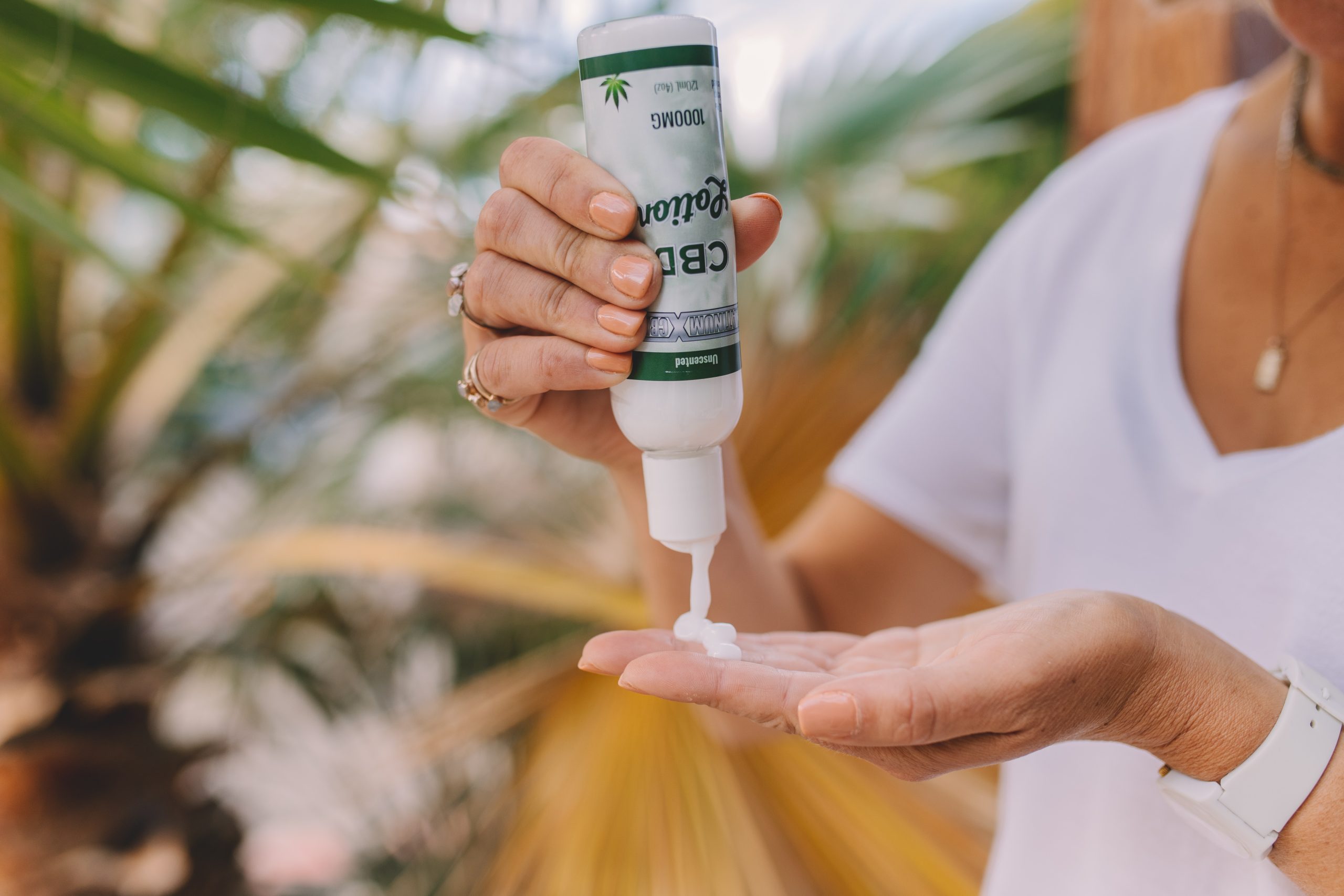Testicular health is a vital aspect of men’s overall well-being. The testicles play a significant role in reproduction and hormone production. Regular self-exams can help men identify any potential issues or abnormalities early on, allowing for prompt medical attention and treatment if necessary. In this article, we will discuss the importance of testicular health and guide you on how to perform self-exams.
Understanding Testicular Health
The testicles are two small, egg-shaped organs located inside the scrotum, which is the loose pouch of skin behind the penis. They are responsible for producing sperm and testosterone, the primary male sex hormone. Maintaining testicular health is crucial for fertility, sexual function, and overall well-being in men. Various factors can affect testicular health, including genetics, lifestyle choices, and medical conditions. Common issues related to testicular health include testicular cancer, epididymitis (inflammation of the epididymis), varicocele (enlarged veins in the scrotum), and testicular torsion (twisted testicle).
The Importance of Self-Exams
Performing regular self-exams enables men to identify any changes or abnormalities in their testicles promptly. Early detection of any issues improves the chances of successful treatment and reduces the risk of complications. Self-exams are simple, quick, and can be done at home as part of a regular personal care routine.
How to Perform a Testicular Self-Exam (TSE)
Performing a testicular self-exam involves visually inspecting the testicles and feeling for any unusual lumps, swelling, or changes in texture. It is generally recommended to perform the exam once a month. Here is a step-by-step guide to help you perform a thorough self-exam: Start by finding a comfortable and private space where you can stand or lie down. Hold your scrotum in the palm of your hand and gently feel the weight, texture, and size of the testicles. It is normal for one testicle to be slightly larger or hang lower than the other. Using your fingers and thumbs, roll each testicle gently between your fingers. Pay attention to any changes in size, shape, or texture. Healthy testicles typically feel smooth and firm, like a hard-boiled egg without the shell. Locate the epididymis, which is a soft tube-like structure located at the top and back of each testicle. This is normal and not a cause for concern. Repeat the examination for the other testicle, comparing both sides for any differences. If you notice any changes, such as lumps, swelling, or pain, it is important to consult a healthcare professional immediately. They will be able to determine whether further evaluation or tests are required.
Additional Tips for Testicular Health
In addition to regular self-exams, there are several other ways to maintain and promote testicular health: Wear protective gear, such as a cup, when engaging in sports or activities that involve a risk of injury to the groin area. Avoid excessive exposure to heat, as high temperatures can affect sperm production. Limit the use of hot tubs, saunas, and tight underwear. Adopt a healthy lifestyle that includes regular exercise, a balanced diet, and sufficient sleep. This will contribute to overall reproductive health. Quit smoking and limit alcohol consumption, as both can have a negative impact on testicular health.
Conclusion
Testicular health is an essential aspect of men’s overall well-being. By performing regular self-exams and adopting a healthy lifestyle, men can identify any potential issues early on and seek timely medical attention if needed. Remember to consult with a healthcare professional if you notice any changes or abnormalities during a self-exam. Prioritizing testicular health will help ensure fertility, sexual function, and overall reproductive health.
